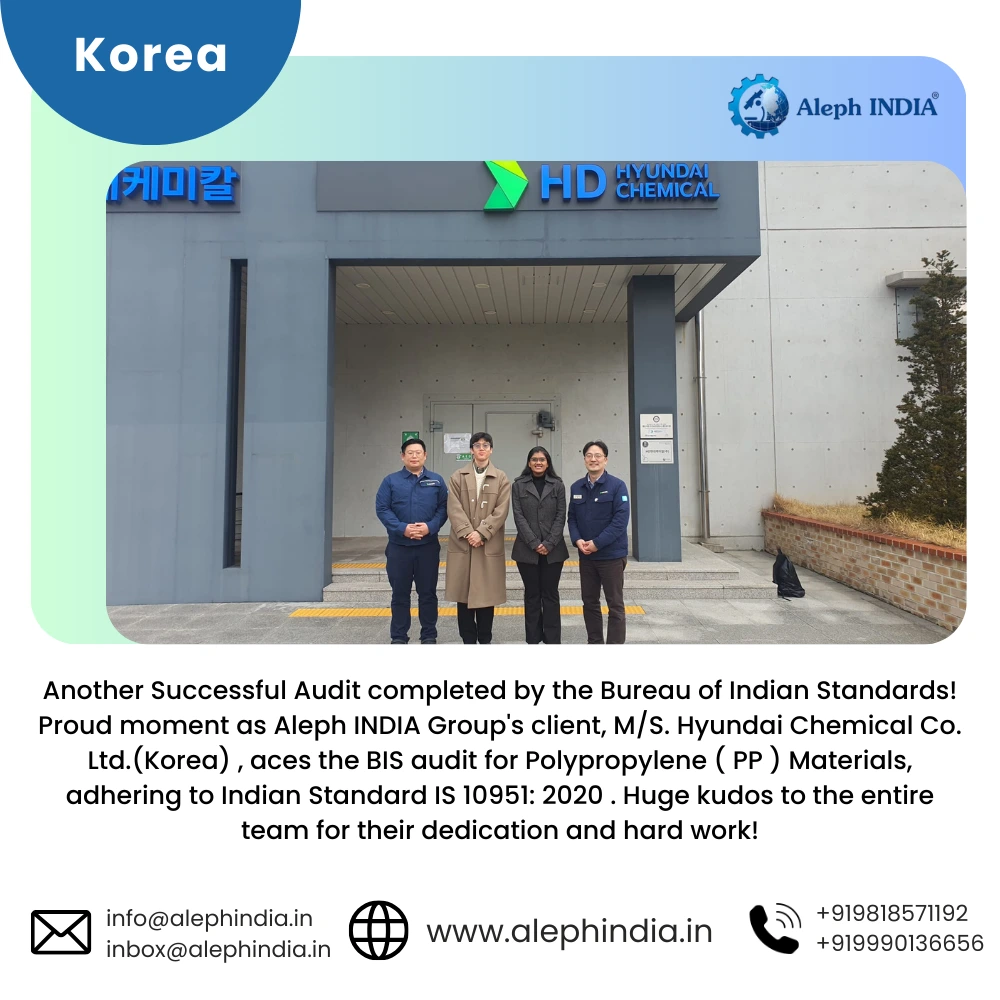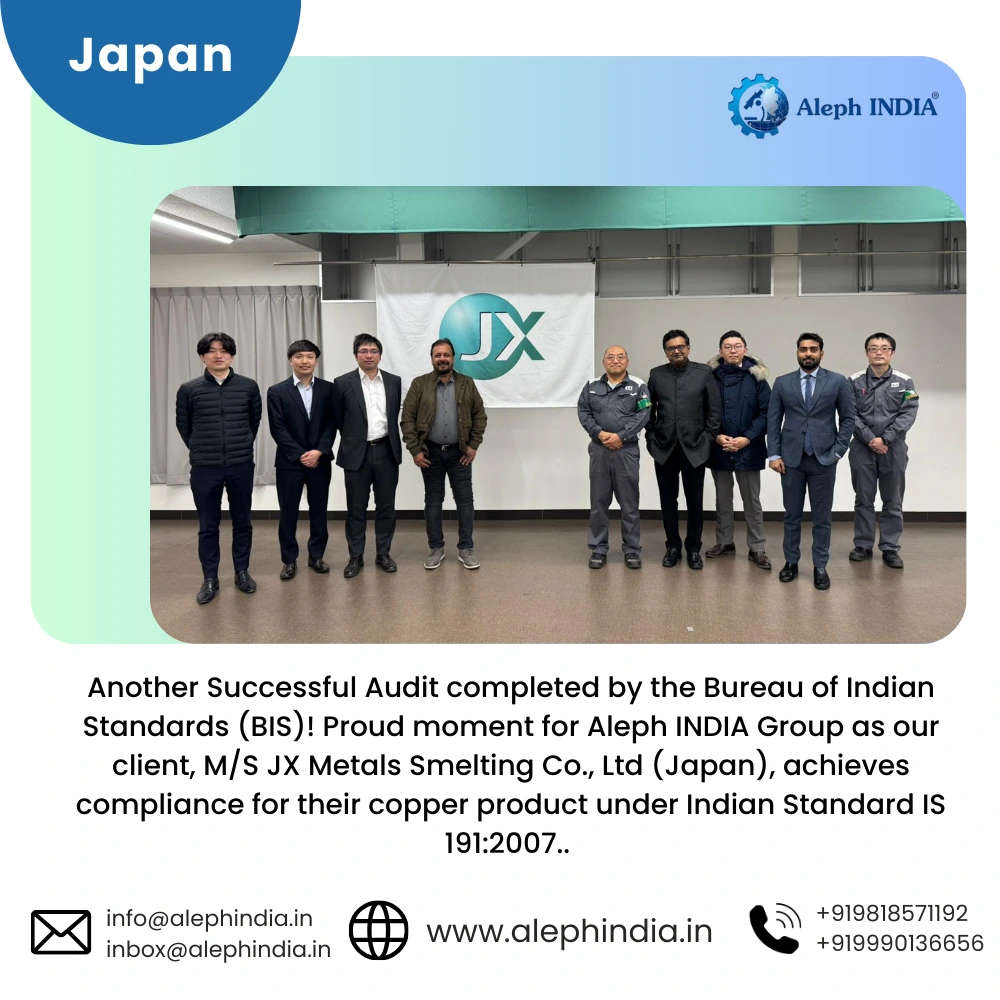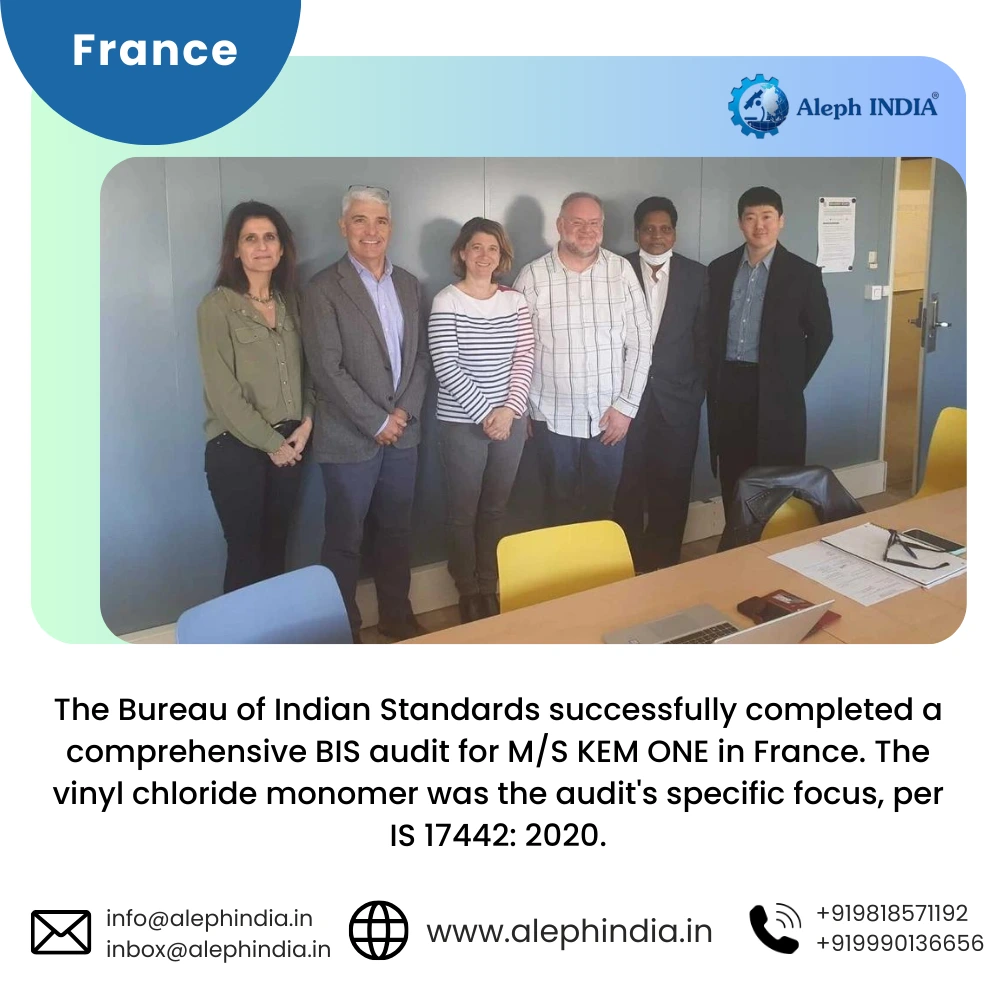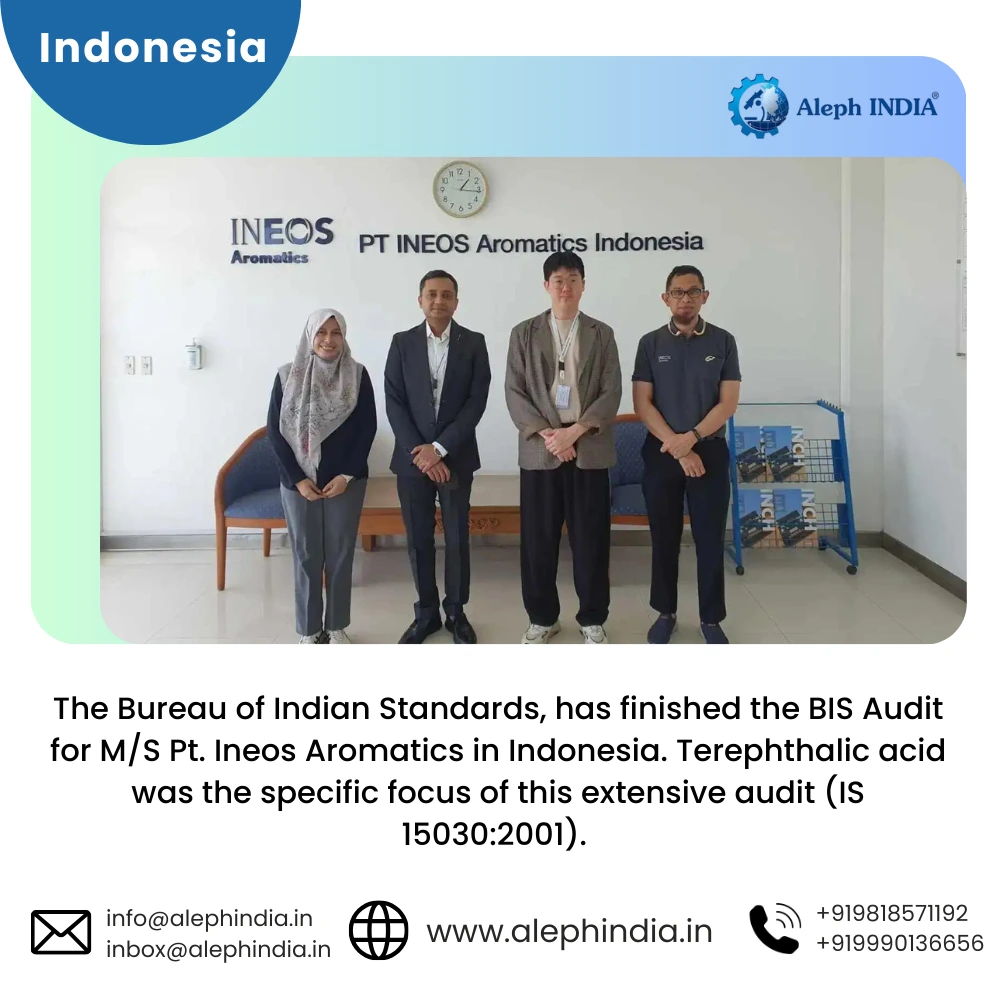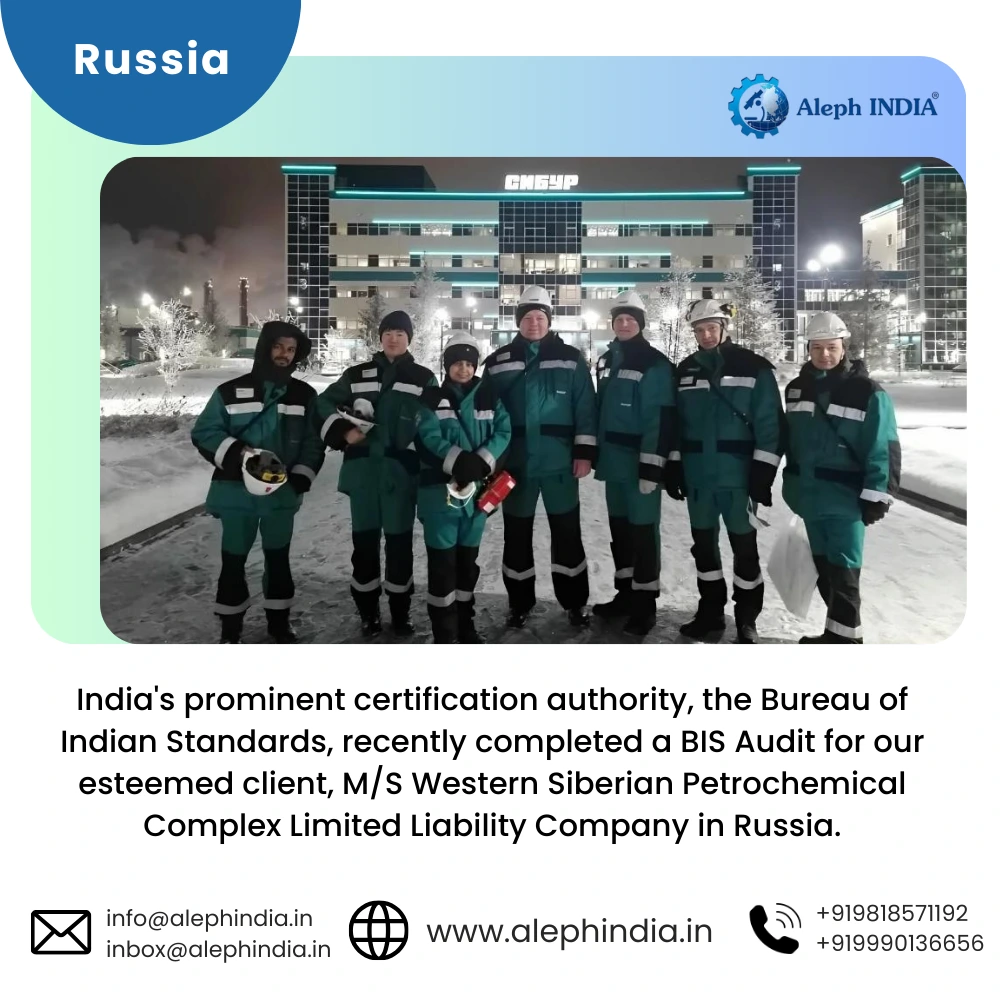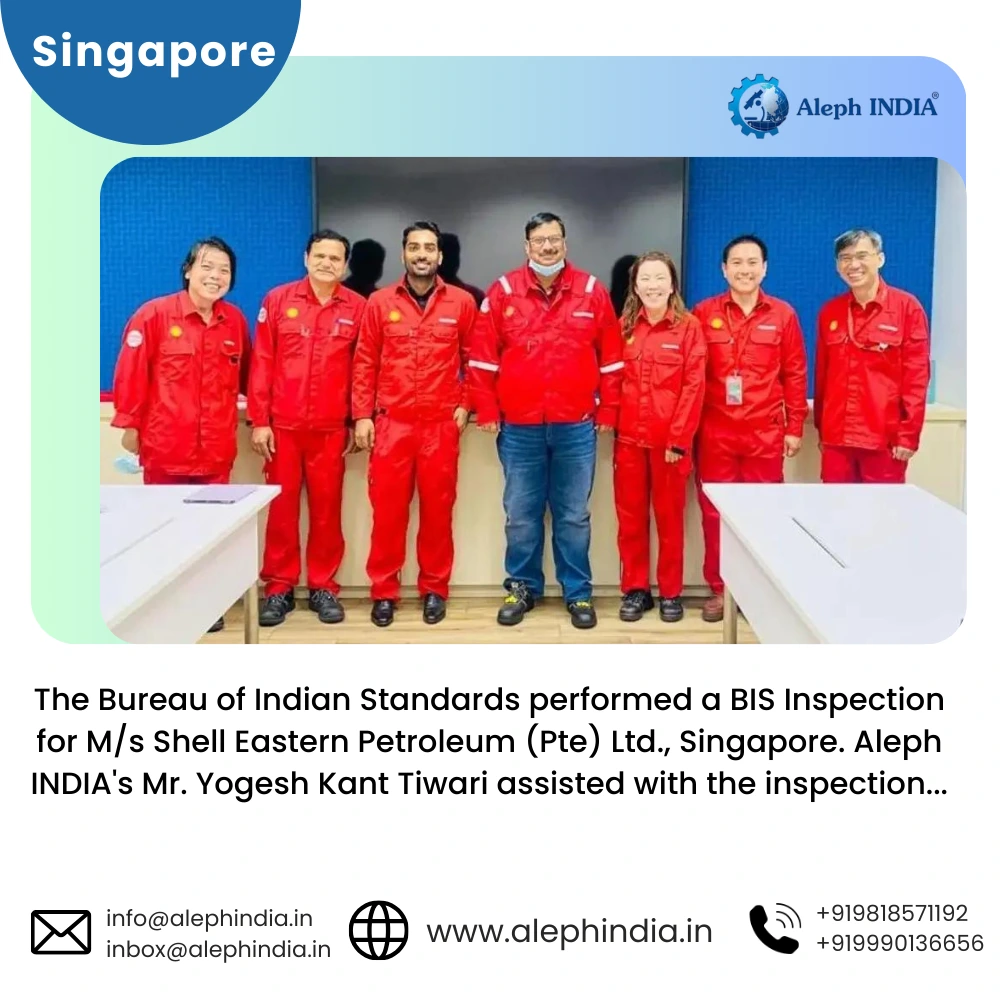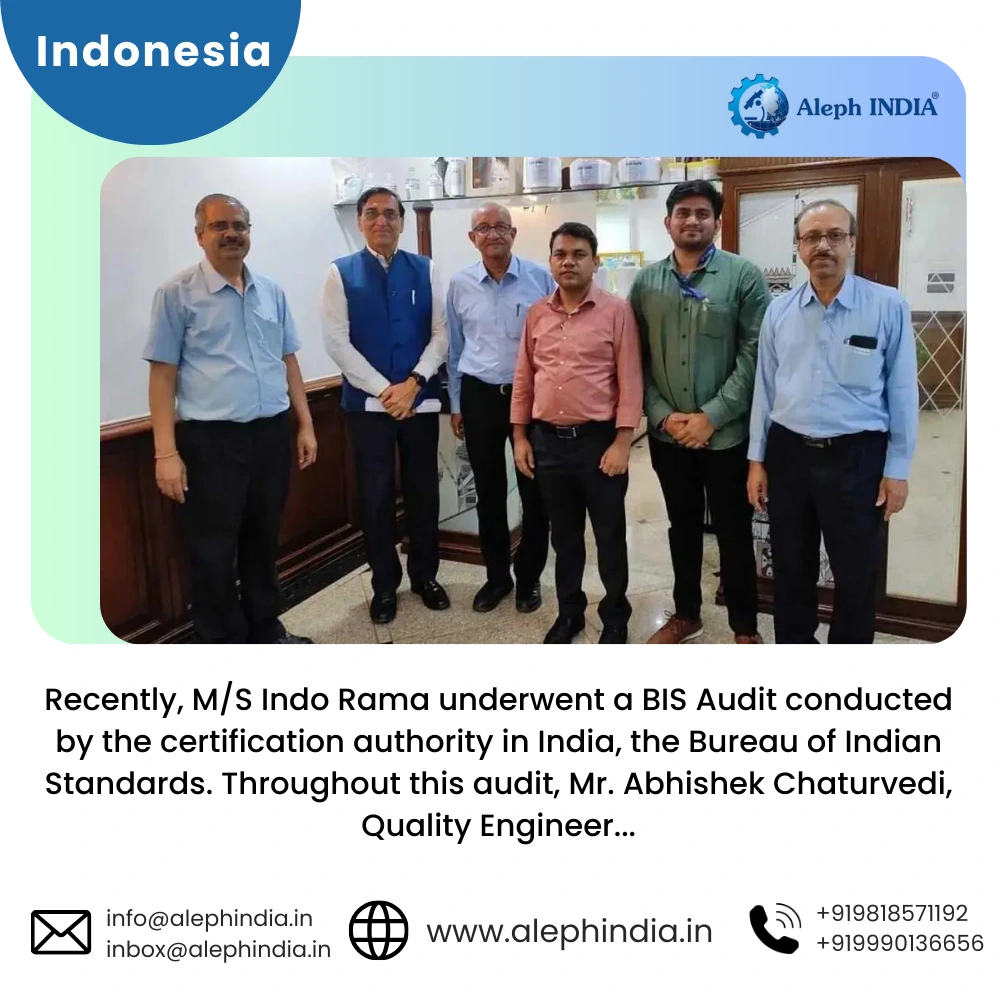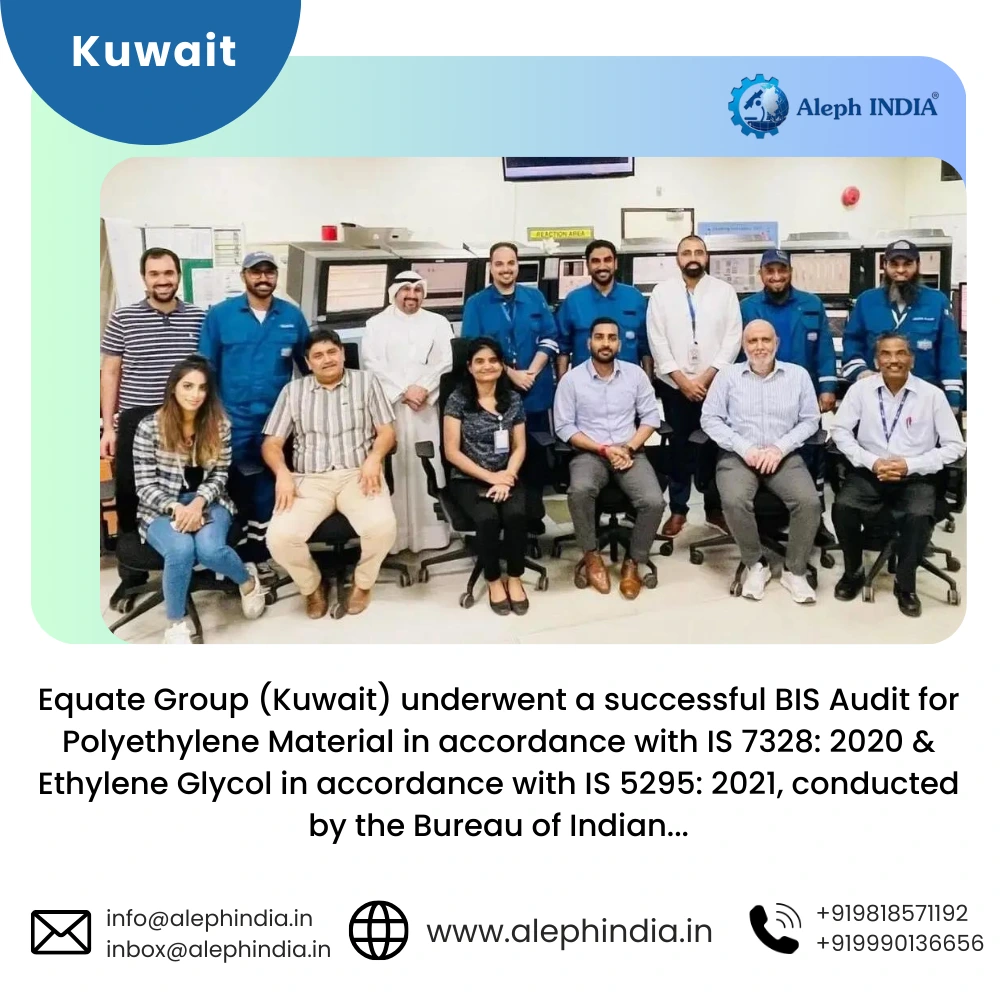BIS CERTIFICATION FOR SWITCHES DOMESTIC & SIMILAR PURPOSES
IS 3854:1997
In this competitive scenario, it isn't easy to survive in the market without a standard quality and certified product. BIS license may also be required to sell products in the Indian market.
To get BIS certification and produce a
standard quality product, the manufacturer must ensure that their
product must follow the specified Indian standard.
Let’s take a closer look at IS 3854:1997 for switches.
Switches are covered under IS 3854:1997. BIS adopted this Indian standard after the draft finalized by the electrical wiring accessories sectional committee was approved by the electrotechnical division council.
This standard applies to manually operated general purpose switches intended for use in households with a rated voltage of not more than 440 volts and a rated current of not more than 63 amps. The switches in this standard are suitable for use at room temperature.
This specification also covers the following switches:
- Switches incorporating pilot lights.
- Electromagnetic remote control switches
- Switches incorporating a time delay device.
- Combinations of switches and other functions.
- Electronic switches
Switches that meet this standard are suitable for use at ambient temperatures that do not normally exceed 350C. This standard does not apply to household and similar installation circuit breakers, appliance switches, or cord switches. Switches and boxes must be designed and built in such a way that their operation is reliable and poses no risk to the user or the environment in normal use. In general, compliance is determined by performing all of the specified tests.
Switches with rated voltages of 110 V, 230 V, 240 V, 250 V, 400 V, 415 V, and 440 V are preferred. Switches with rated currents of 6a, 10a, 16a, 20a, 25a, 32a, 40a, and 63a are preferred.
Switches are classified as follows:
- Single pole switches
- Double pole switches
- Three pole switches
- Three pole plus switched neutral switches
- Two-way switches
- Two circuit switches with a common incoming
- Two-way switches with one-off position
- Two ways double pole switches
- Two-way double pole reversing switches
Switches and boxes must adhere to the manufacturer's specifications. Measurement is used to ensure compliance. Switches must be designed in such a way that live parts are not accessible when they are mounted and wired as they would be in normal use. Switches must be equipped with screw clamping terminals or screwless terminals.
Required tests
The following test shall be carried out in a day.
- Marking
- Protection Against Electric Shock
- Electric Strength (Flash Test)
- Temperature Rise
- Making and breaking capacity
- Mechanical Strength
- Resistance to heat
- Screws, current-carrying, parts, and connections
- Creepage distance and clearances
- Resistance to rusting and so on
Labeling and marking must be done in accordance with IS 3854:1997. Furthermore, for traceability, each switch or its packaging must bear the identification mark in the code. Manufacturers must obtain a BIS license from the Bureau of Indian Standards to use a standard mark (ISI Mark). BIS grant certificate to use the standard mark (ISI Mark) for products under the product certification programme. The certificate can only be given if the product meets the BIS's product specifications.

NOTE:
For Detailed Information about the Procedure for BIS ISI Certification
Visit :
• ISI Mark Certification for Domestic Manufacturers• ISI Mark Certification for Foreign Manufacturers
Conclusion:
If a product falls under the scope of the BIS Conformity Assessment Scheme, All the manufacturers, importers, and foreign entities must obtain BIS ISI Certification. The Bureau may cancel the License if the product fails to meet certification requirements.
Aleph INDIA has been serving the industry as a single-window operator for all product regulatory compliance. We can assist importers or manufacturers in meeting all criteria for importing or selling a product in the Indian market.
Successful Audits
International Audits & Participation
Testimonials
BIS REGISTRATION FOR ELECTRONIC & IT PRODUCT
In the era of globalization, world trade is growing rapidly and henceforth, Manufacturing and Import/Export businesses are also growing drastically...View More
BIS CERTIFICATE FOR FOREIGN MANUFACTURER
The Economy of India-the fastest developing economy on the globe with the capabilities that help it matches up with the biggest international...View More
PRODUCT CERTIFICATION SCHEME (ISI MARK) FOR DOMESTIC MANUFACTURERS
Anything a person buys from food to cars, clothes to electronics, branded to unnamed products there is always a question that wanders in one’s...View More
WIRELESS PLANNING AND COORDINATION (WPC)
WPC: Wireless means communication done from one point to another point without the wires and cables. Electromagnetic waves carry the ...View More
BUREAU OF ENERGY EFFICIENCY (BEE) CERTIFICATE
BEE CERTIFICATE: Energy is the future, and its conservation is the way of the bright future. Everyone claims the environment is important...View More
E-WASTE MANAGEMENT
E-waste is one of the world's fastest-growing trash streams. We currently manufacture almost 50 million tones of it each year...View More
Request a call back.
Would you like to speak to one of our Senior Technical advisers over the phone? Just submit your details and we’ll be in touch shortly. You can also email us if you would prefer.
BIS REGISTRATION FOR ELECTRONIC & IT PRODUCT
In the era of globalization, world trade is growing rapidly and henceforth, Manufacturing and Import/Export businesses are also growing drastically...View More
BIS CERTIFICATE FOR FOREIGN MANUFACTURER
The Economy of India-the fastest developing economy on the globe with the capabilities that help it matches up with the biggest international...View More
PRODUCT CERTIFICATION SCHEME (ISI MARK) FOR DOMESTIC MANUFACTURERS
Anything a person buys from food to cars, clothes to electronics, branded to unnamed products there is always a question that wanders in one’s...View More
WIRELESS PLANNING AND COORDINATION (WPC)
WPC: Wireless means communication done from one point to another point without the wires and cables. Electromagnetic waves carry the ...View More
BUREAU OF ENERGY EFFICIENCY (BEE) CERTIFICATE
BEE CERTIFICATE: Energy is the future, and its conservation is the way of the bright future. Everyone claims the environment is important...View More
E-WASTE MANAGEMENT
E-waste is one of the world's fastest-growing trash streams. We currently manufacture almost 50 million tones of it each year...View More
View All Services
Request a call back.
Would you like to speak to one of our Senior Technical advisers over the phone? Just submit your details and we’ll be in touch shortly. You can also email us if you would prefer.





